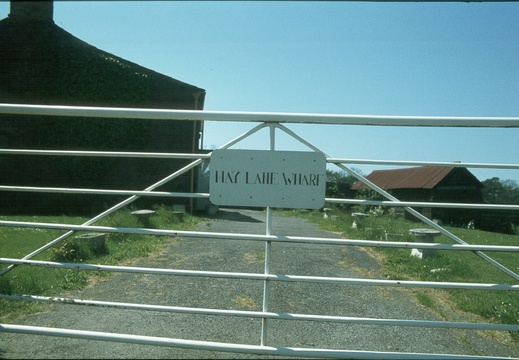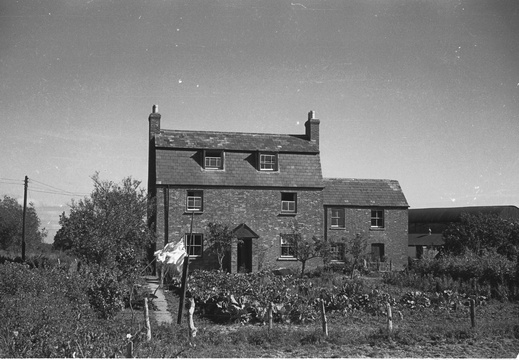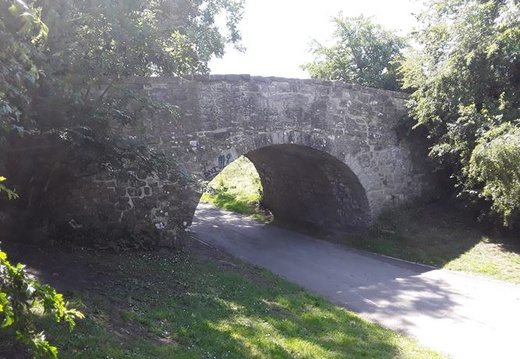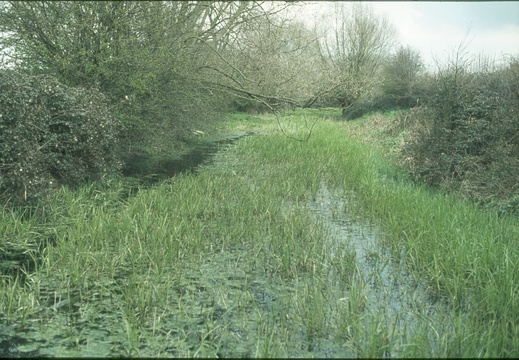
South Marston
South Marston
Your browser does not support the audio element.
There were four locks at South Marston, Marston in Saxon times meant Marsh or Markstone depending which book you read, these locks helped the canal to climb 31 feet up to the summit pound which then went for eight miles right through Swindon with no locks at all until Chaddington at Wootton Bassett.
The lock keepers cottage is diagonally opposite the police station and next door to the new Symmetry warehouse.
The amount of bricks required to build the canal were massive, 13 brick yards were built all along the line, and in 1804 James Johnson built a brick yard at Marston that produced over 2 million bricks in the first two years.
All the bricks were made from Kimmeridge Clay, a set of lock gates in 1797 cost £12 12 shillings including the cost of hanging them, compare that to the cost of getting the act through Parliament which was £5,796 13 shillings and 10 pence and you will see who was making all the money.
An average Lock took 178,000 bricks and 425 cubic feet of stone to construct.
In 1921 Alfred Williams the hammer man poet was building his own house at South Marston and he and his wife took well over two thousand bricks from one of these locks to use in the construction of his house long after the canal had fallen into disuse.
One of the few pictures of a lock keeper can be seen here, is Mr John Ferris, he took the Tolls, did the repairs, clipped the hedges, and even replaced the heavy timbers and dragged the canal for weeds.
He had three sons and one daughter; the two eldest sons helped with the canal duties but his third son Shadrach was blind, this did not stop him from leading a full life though.
He had a remarkable skill at engineering and had a lathe in his workshop he did wood turning and carpentry plus he repaired agricultural machinery.



